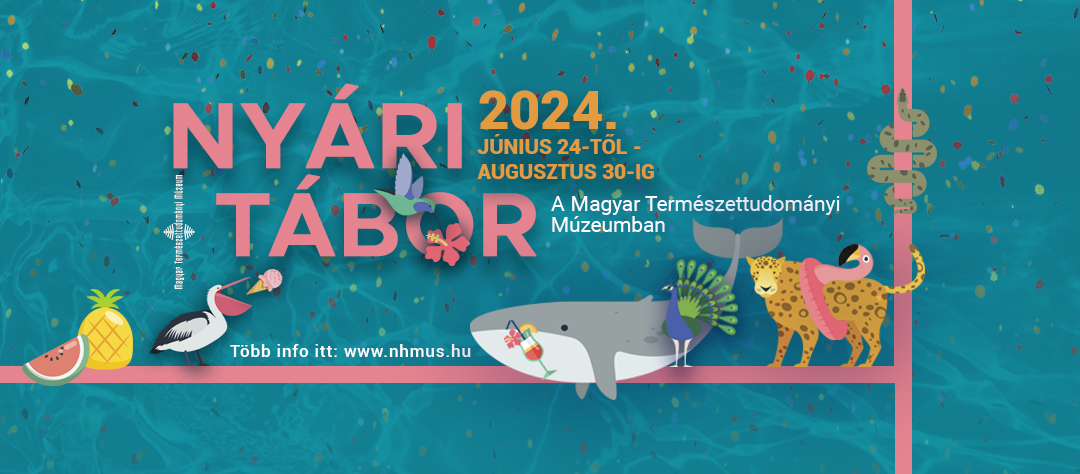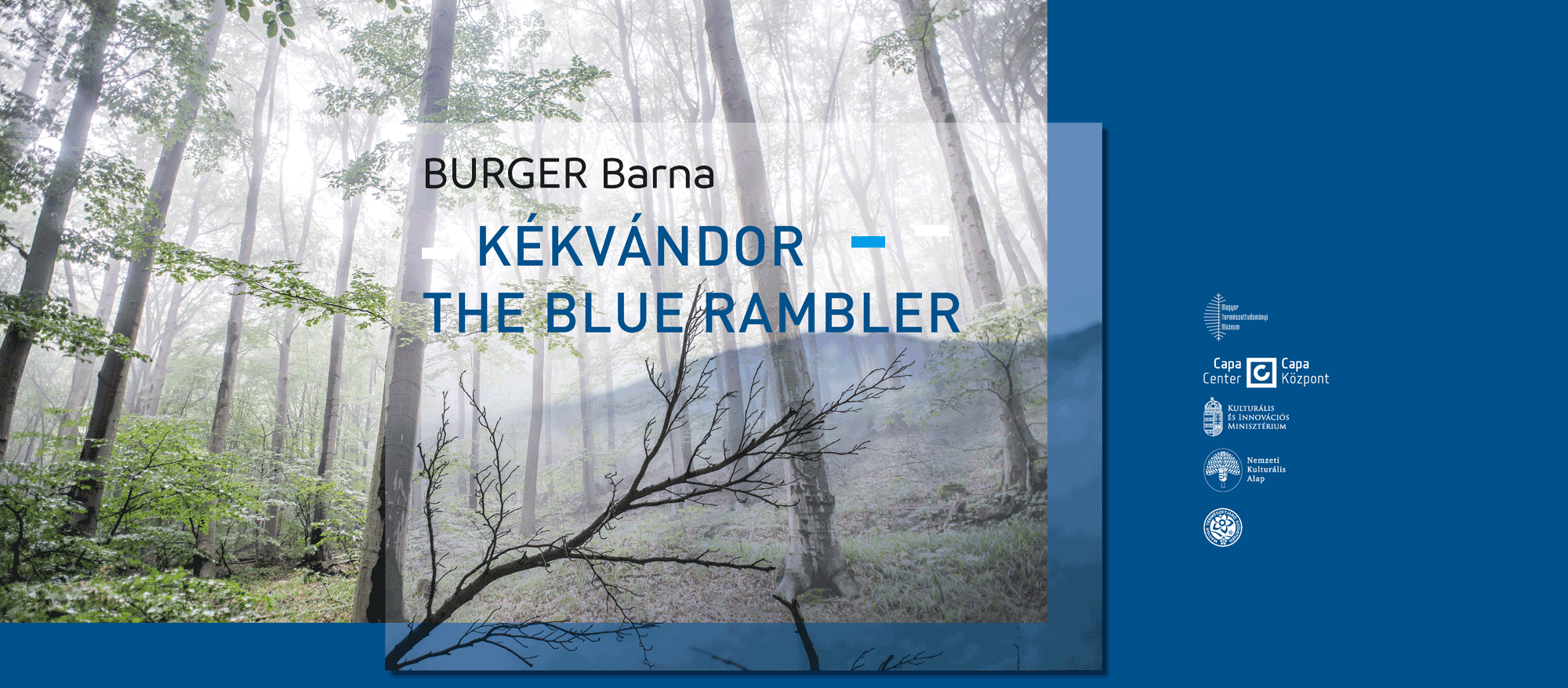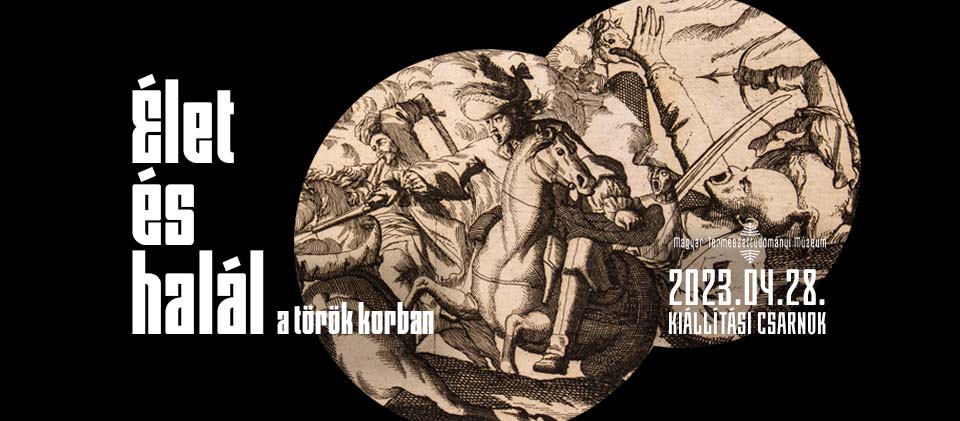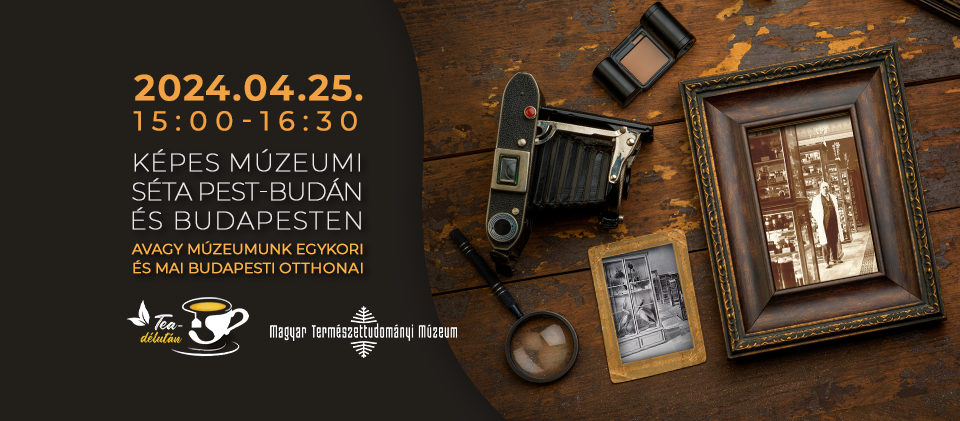Brief history
The museum dates its origins back to 1802 with the establishment of the Hungarian National Museum by Count Ferenc Széchenyi, who donated his 1700 volume library, manuscript and coin collection to the nation. In the same year, his wife donated the very first natural history collection that contained selected and valuable minerals from Hungary. In 1811 the first paleontological and zoological collection found their way to the museum. Later on, in the age of the rising Hungarian bourgeoisie, and in line with rising patriotic feelings of the reform period of the 19th century, thanks to donations and purchases, the collections started growing relatively fast.
1869 was the first year when the first data regarding the number of visitors were preserved; nearly 65000 visitors looked up the entire institution (with history and art collections included).
Owing to the diversity of the ever-expanding material, the natural history collections had to be made independent of the National Museum. As a consequence, independent zoological, mineralogical and paleontological, and botanical departments were founded in 1870. Thanks to the greater independence, more and more specialists joined the departments and the growth became even more intense.
During the Hungarian Revolution in 1956 the museum suffered its greatest losses of its history. Its famous Africa exhibition and the majority of the mineralogy and paleontology collections were lost due to fire caused by an artillery-shot. The Department of Zoology, accommodated in a separate building, was also hit by a firebomb, and hundreds of thousands of specimens perished.
In the following decades the collection strategy focused on acquisition in order to replace its collections and exhibitions. Several collecting trips were organized to Africa and ’exotic socialist countries’ like North Korea, Vietnam and Mongolia. As a result, materials from these regions are the richest of their kind worldwide. Beginning from the 1980s more countries in Asia, Africa, South America, Australia and Oceania became available destinations for collecting trips.
In the middle of the 1990s the Hungarian government decided to provide a permanent place for the natural history museum, and designated the building of its current location for its permanent exhibition and certain collections. According to plans of that time all the collections would have been accommodated at one location by the end of 2000s. In 1996 our permanent exhibition of history and ecology ’Man and Nature in Hungary’ was opened.
In 1999, a brand-new loft of the building was opened for the public, and the Department of Anthropology together with three sections of the Department of Zoology, i.e. the collections of mammals and birds could occupy some of the most up-to-date museum premises of Europe. In 2010 our current permanent exhibition, ‘The Variety of Life’ was opened.
Unfortunately – as a result of changes in political decisions concerning the museum – other collections were not able to be moved to this location but rather remained in separate premises. To find a permanent place for all the collections and exhibitions is now the biggest problem the museum has to face.



